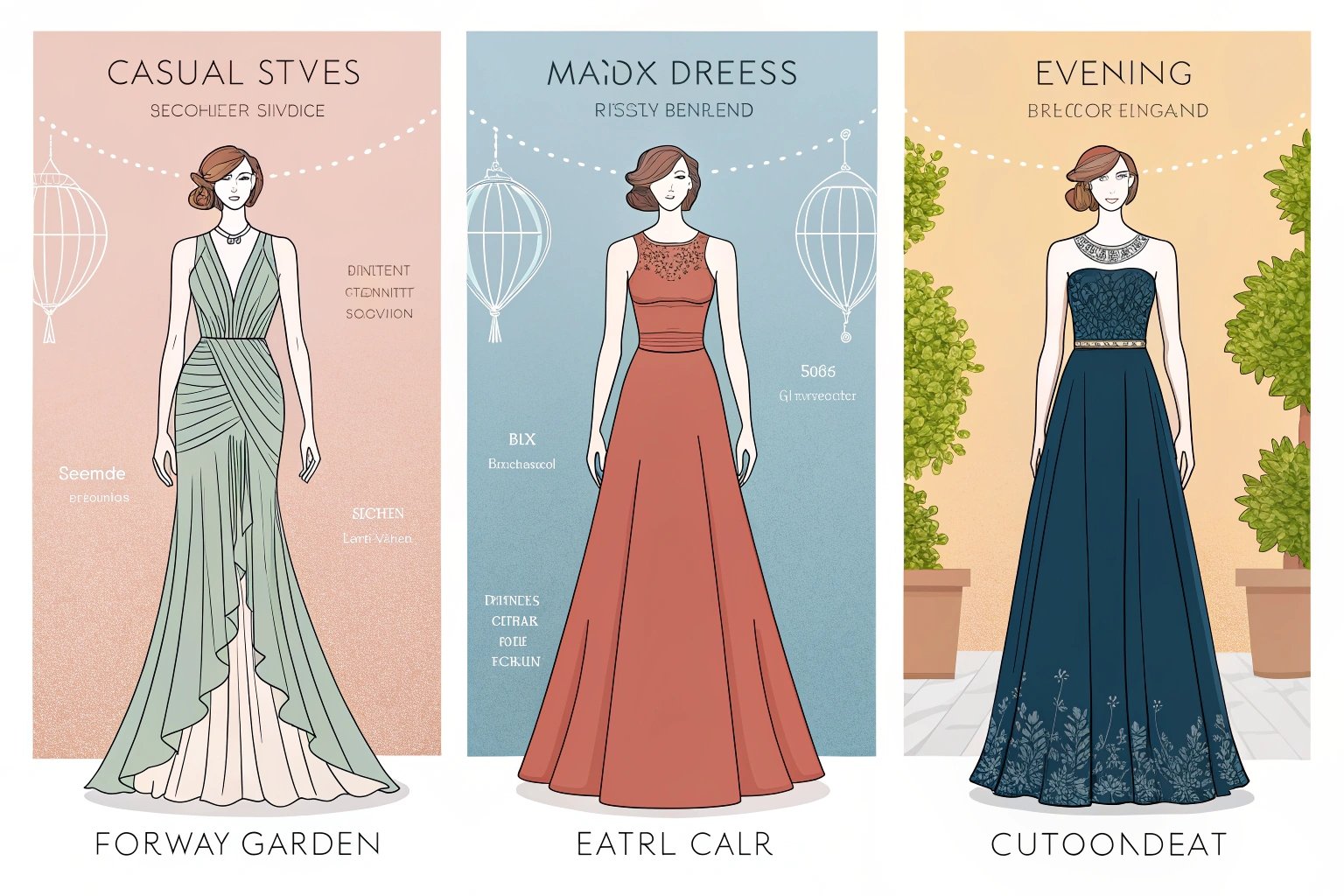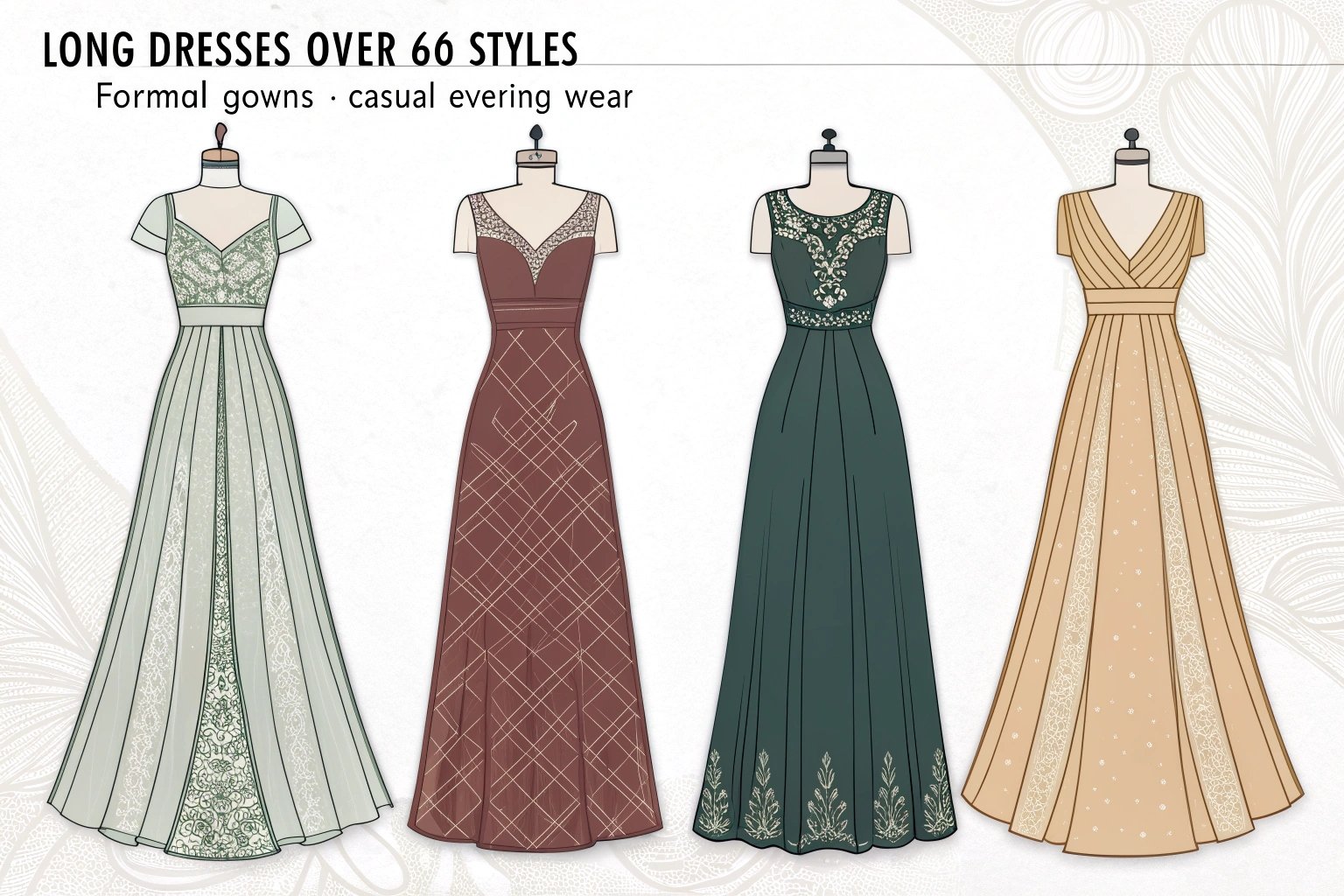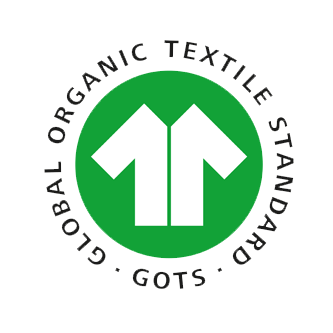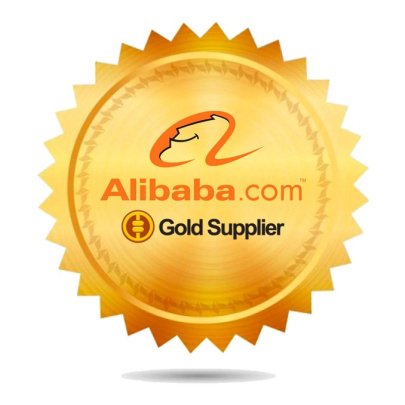Starting your own clothing line in the UK can feel overwhelming. I’ve seen so many designers struggle with choosing the right city and finding trusted partners. The truth is, with Birmingham’s booming apparel scene1, you don’t have to do it alone.
You can start making your own clothes in the UK by defining your brand, choosing a reliable manufacturer in Birmingham2, securing legal registrations3, and using digital tools for design and sales4. Local factories offer low MOQs5 and hands-on support, making the process smooth for new brands.
I still remember the excitement (and the nerves) of my own first order. There were so many unknowns. But with the right steps, anyone can go from idea to launch—especially if you leverage Birmingham’s local expertise and networks.
Why Is the UK a Great Place to Start a Clothing Brand?
Fashion is everywhere in the UK. Every city has its own style. But why is this country such a magnet for new brands like mine?
The UK is ideal for starting a clothing brand because of its global fashion reputation, large consumer market, and strong support for creative startups. With diverse styles and rich history, British fashion appeals worldwide. New designers can quickly access buyers, events, and government support.
 Textile Design Studio
Textile Design Studio
When I started xzapparel, I was amazed by the creative energy here. The UK’s open market and trend-setting culture meant every collection had the chance to be noticed.
How Does the UK’s Fashion Industry Support New Designers and Brands?
From day one, I found myself surrounded by networks and opportunities that just don’t exist everywhere.
The UK fashion industry helps new designers with funding, incubators, mentorship, and major events like London Fashion Week. There are also grants and accelerator programs, giving startups exposure, expert advice, and even initial investment to help ideas take off.
Support Networks & Funding Explained
- Incubators & Hubs: The British Fashion Council and local fashion hubs offer workspace, training, and connections.
- Competitions: Young designer awards and business plan contests give credibility and funding.
- Mentorship: Programs connect new talent with industry veterans, speeding up learning.
- Government Grants: Small Business Grants and Innovate UK fund fashion startups.
- Trade Shows: Events like Pure London help brands meet buyers and retailers.
| Resource | Type | Benefit |
|---|---|---|
| British Fashion Council | Incubator | Training, workspace |
| Innovate UK | Grant | Startup funding |
| Fashion District | Accelerator | Mentorship, PR, investors |
Why Is Birmingham Emerging as a Key Hub for Clothing Manufacturing?
Some may still see London as the only fashion city. That’s outdated thinking.
Birmingham is rising as a manufacturing hub because of its skilled workforce, lower costs, strong logistics, and local commitment to supporting independent brands. Small factories here offer flexibility, low MOQs, and direct collaboration with designers.
Birmingham’s Advantages
- Cost-Effective: Rent, labor, and services cost less than in London or Manchester.
- Skilled Labor: Many factories are run by multi-generation garment makers.
- Central Location: Birmingham’s transport links make shipping to all UK regions easy.
- Diversity: The city’s multicultural scene brings fresh design influences.
- Community: More local meetups and trade networks help startups thrive.

What Are the First Steps to Making Your Own Clothes in the UK?
So you have an idea. What next? I asked myself the same thing at the beginning.
The first steps are to define your brand identity, research your target market, register your business, and find the right manufacturer. Then you can start designing, sourcing fabric, and developing your first samples.
Looking back, rushing these steps always leads to trouble later. Take your time here—solid foundations save you headaches.
How Do You Define Your Brand Identity and Target Market?
This was my turning point. Once I figured out my style, everything else fell into place.
Define your brand by choosing a niche, style, and customer profile. Research trends and competitors. Create a mood board and outline your core values. This guides all your designs and helps attract your ideal customer.
How I Built My Brand Identity
- Niche Focus: I started with basics—tees, hoodies, and casualwear.
- Mood Board: Images, textures, and color palettes made my vision clear.
- Customer Avatar: I imagined my “ideal” buyer—age, habits, and fashion taste.
- Core Values: Sustainability and speed mattered to me, so I made them part of my story.
What Legal Requirements and Registrations Are Needed to Start a Clothing Line?
Paperwork isn’t fun. But skipping this part is risky.
Register your business (sole trader or limited company), get a business bank account, and apply for relevant trademarks. Comply with UK/EU garment labeling, health, and safety regulations. Check VAT registration and copyright for your designs.
Step-by-Step Legal Setup
- Business Structure: Register with Companies House or HMRC.
- Trademarks: Protect your brand name/logo with the UK IPO.
- Labeling: All clothes need fabric content and care labels by law.
- Certifications: If you claim “organic” or “eco,” secure certifications.
- Contracts: Sign clear agreements with your manufacturer and partners.
How Do Clothing Manufacturers in Birmingham Help New Brands?
Finding the right manufacturer changed everything for me. I could finally focus on design, not production stress.
Birmingham manufacturers help new brands with flexible MOQs, hands-on support, technical advice, and fast prototyping. You can visit factories in person, build real relationships, and quickly fix problems or tweak designs before launch.
I built trust faster with face-to-face meetings than endless emails overseas.
What Are the Advantages of Working with Local Manufacturers in Birmingham?
The benefits go way beyond just location.
Local manufacturers offer quicker turnaround, lower shipping costs, better quality control, and open communication. If issues arise, you can sort them out directly—no language barrier or long delays.
Local Production vs Overseas
- Turnaround: Local factories can sample in days, not weeks.
- Quality Control: It’s easier to inspect and revise garments in person.
- Sustainability: Reduced shipping lowers your brand’s carbon footprint.
- Support: Local partners often share business advice and local supplier contacts.
- Risk: No risk of customs holdups or unexpected tariffs.
| Factor | Birmingham Local | Overseas |
|---|---|---|
| Sample Speed | 5-7 days | 3-6 weeks |
| Communication | Direct | Often delayed |
| MOQs | Low (30-100) | High (300+) |
| Inspection | Onsite possible | Hard/expensive |
How Do Low MOQ Options Support Small Businesses and Startups?
Starting small keeps risk low. I learned that lesson early.
Low MOQs (minimum order quantities) allow startups to test the market with less cash risk. You don’t need to order hundreds of units. This helps you refine your products and avoid deadstock.
The Real Value of Low MOQ
- Market Testing: Launch small drops to see what sells.
- Cash Flow: No need to tie up big money in inventory.
- Learning: Use feedback from early buyers to perfect the next batch.
- Flexibility: Update designs or colors as trends change.
How Do You Design and Develop Your Clothing Line?
This is where your vision turns into reality. But design is more than just sketches.
Design your clothing line using fashion software or by hand. Develop tech packs, choose fabrics, and work with your manufacturer to produce samples. Use feedback to tweak designs before bulk production.
Creating my first tech pack was daunting. But it made production so much smoother.

What Tools and Platforms Can Help You Create Fashion Designs?
When I started, even Canva felt overwhelming. But there are tools for every skill level.
You can use Adobe Illustrator, CLO3D, Canva, or online pattern makers to design clothes. Many UK designers also use digital platforms like Techpacker for tech packs and communication with factories.
Tool Comparisons
- Adobe Illustrator: Industry standard for flat sketches.
- CLO3D: For 3D modeling and virtual samples.
- Techpacker: Makes sharing designs and specs with factories easy.
- Canva: Great for mood boards and basic layouts.
| Platform | Best For | Skill Level |
|---|---|---|
| Illustrator | Flat sketches, detail | Advanced |
| CLO3D | 3D samples, prototyping | Intermediate |
| Techpacker | Spec sheets, communication | Beginner |
| Canva | Mood boards, presentation | Beginner |
How Do You Work with Manufacturers to Produce Samples and Final Products?
I was nervous sending my first designs. What if the factory didn’t “get it”?
Share your tech pack and fabric choice with the manufacturer. They’ll make samples for you to review. After feedback, they adjust the pattern and start bulk production once you approve. Stay involved and check samples at each step.
Managing Sampling and Production
- First Sample: Factory sends a “fit” sample for approval.
- Comments: Give clear, written feedback—photos help.
- Size Sets: Test different sizes for consistency.
- Pre-Production Sample: Final check before mass production.
- Ongoing QC: Request updates, photos, and random checks during production.
What Are the Costs of Starting a Clothing Line in the UK?
Money is always on my mind—especially at launch. So what should you expect?
The main costs are fabric, manufacturing, branding, legal fees, sampling, marketing, and e-commerce setup. For a small UK brand, you’ll likely need £5,000-£20,000 to get started, depending on size, quality, and launch goals.
I started small—just 100 tees. That way, my mistakes were cheap lessons, not disasters.
How Much Should You Budget for Fabric, Manufacturing, and Branding?
Every pound counts, especially at first.
Budget about 30-50% for manufacturing, 20% for fabric, and 10% for branding. Sampling and development often cost £500-£2,000 for a basic collection. Bulk orders bring the per-piece price down.
Typical Cost Breakdown
| Expense | Estimated Cost (small run) | % of Total Budget |
|---|---|---|
| Fabric | £1,000 – £4,000 | 20% |
| Manufacturing | £2,000 – £10,000 | 50% |
| Branding | £500 – £2,000 | 10% |
| Sampling | £500 – £2,000 | 10% |
| Legal/Setup | £200 – £1,000 | 5% |
| Marketing/Web | £300 – £2,000 | 5% |
- Tip: Always get quotes from several factories to compare prices and minimums.
What Additional Costs Should You Plan for Marketing and E-Commerce?
It’s not enough to just “build it.” You need to be seen.
Set aside 10-20% of your budget for marketing, website design, and e-commerce setup. Paid ads, influencer fees, and packaging are real costs—don’t ignore them.
Where the Money Goes
- Website/E-Commerce: Shopify or WooCommerce setups (£300-£1,000).
- Social Ads: £100-£500 per campaign to test reach.
- Influencers: Fees range from gifted products to £500+ for posts.
- Photography: Good lookbook images start at £200 per shoot.
- Packaging: Custom labels, bags, and mailers add up.
How Can You Market and Sell Your Clothing Brand in the UK?
Now for the fun (and hard) part—getting your brand out there.
Build your audience with social media, influencer partnerships, a user-friendly website, and pop-up events. UK brands succeed by connecting with customers online and offline. Track sales, gather feedback, and keep evolving.
Social proof changed everything for my brand. When buyers saw others wearing my pieces, they felt safer making their own first purchase.
How Do Social Media and Influencers Drive Sales for Clothing Brands?
Nothing spreads the word faster than real people sharing your brand.
Social media and influencers build awareness, trust, and urgency. Instagram, TikTok, and YouTube show real customers wearing your pieces, while influencers drive traffic and credibility. Paid ads and giveaways boost your reach fast.
Making Social Work
- Instagram: Great for storytelling and product launches.
- TikTok: Fast viral reach with fun styling videos.
- YouTube: Behind-the-scenes, styling tips, or vlogs create loyal fans.
- Influencer Tiers: Nano-influencers (1k-10k followers) often bring better ROI for small brands.
| Channel | Strength | Cost | Engagement |
|---|---|---|---|
| Visual branding | Medium | High | |
| TikTok | Viral content | Low | High |
| Influencers | Trust | Varies | Medium |
| Paid Ads | Reach | Flexible | Medium |
What E-Commerce Platforms Are Best for UK Clothing Startups?
You don’t need to code your own site. Focus on easy, proven platforms.
Shopify, WooCommerce, and BigCommerce are the top choices for UK startups. They offer secure payments, mobile-friendly design, and built-in shipping tools. Shopify is popular for speed and ease. WooCommerce works well if you already have a WordPress site.
Platform Comparisons
- Shopify: All-in-one, fast setup, reliable support, built for selling fashion.
- WooCommerce: Customizable, lower monthly fees, needs some tech skill.
- BigCommerce: Good for scaling, handles big inventories.
- Etsy/Depop: Best for handmade, small-batch, or experimental drops.
| Platform | Pros | Cons |
|---|---|---|
| Shopify | Easy, scalable, robust | Monthly fee |
| WooCommerce | Flexible, cheaper | Needs hosting |
| BigCommerce | Enterprise tools | Less “fashion” feel |
| Etsy/Depop | Built-in traffic | High fees, niche |
Conclusion
Starting a clothing brand in the UK is a step-by-step journey. Birmingham’s manufacturers, local resources, and digital tools make it easier than ever. Plan carefully, start small, and use every resource—your dream brand is closer than you think.
-
Explore how Birmingham’s vibrant fashion industry can support your clothing line’s success. ↩
-
Discover tips for sourcing trustworthy manufacturers to ensure quality production. ↩
-
Understand the essential legal steps to protect your clothing brand and ensure compliance. ↩
-
Learn about the best software to streamline your design process and boost sales. ↩
-
Find out how low minimum order quantities can reduce risk for new fashion brands. ↩









